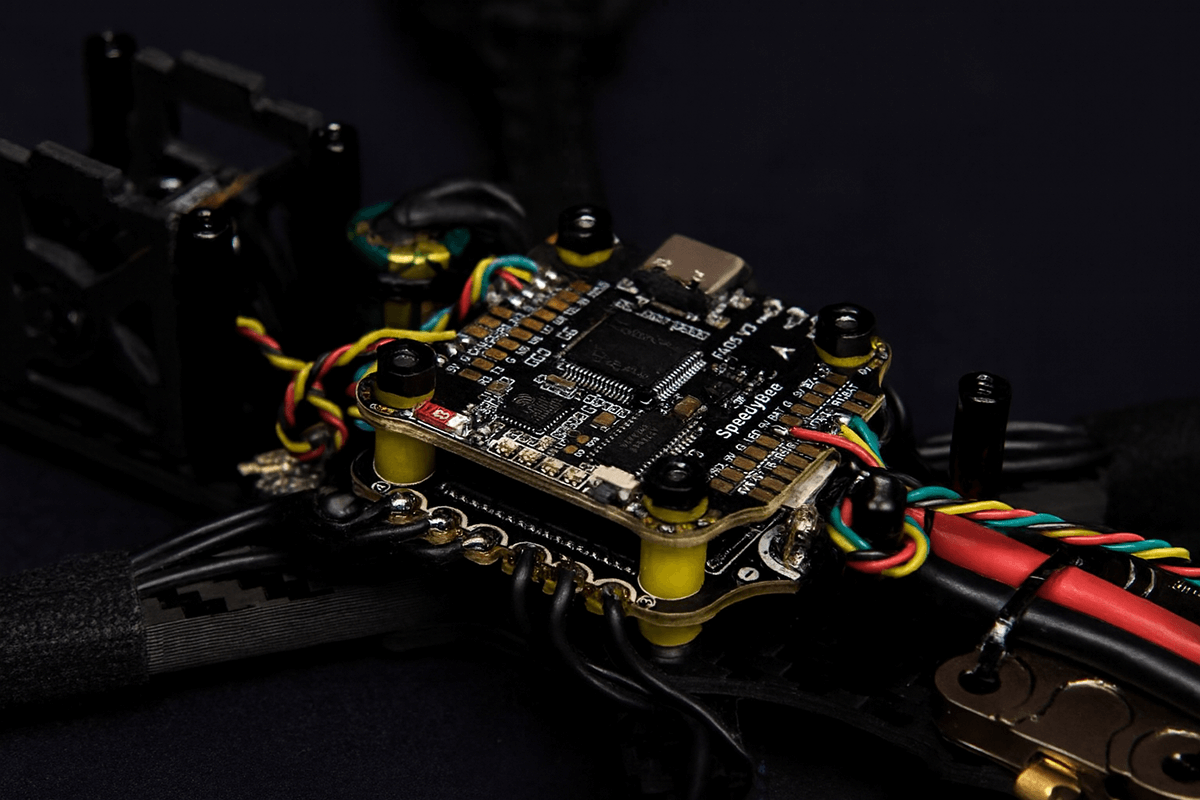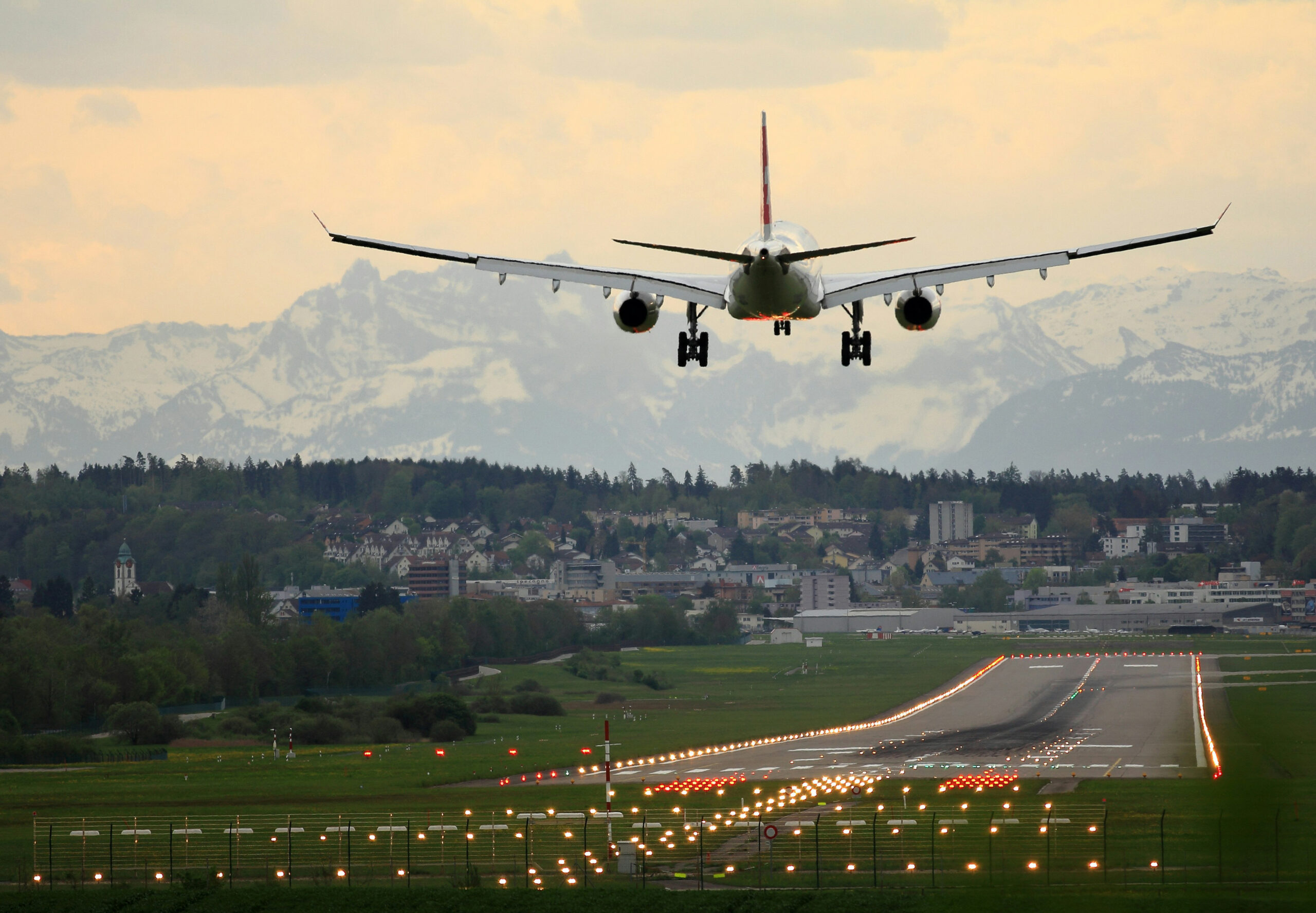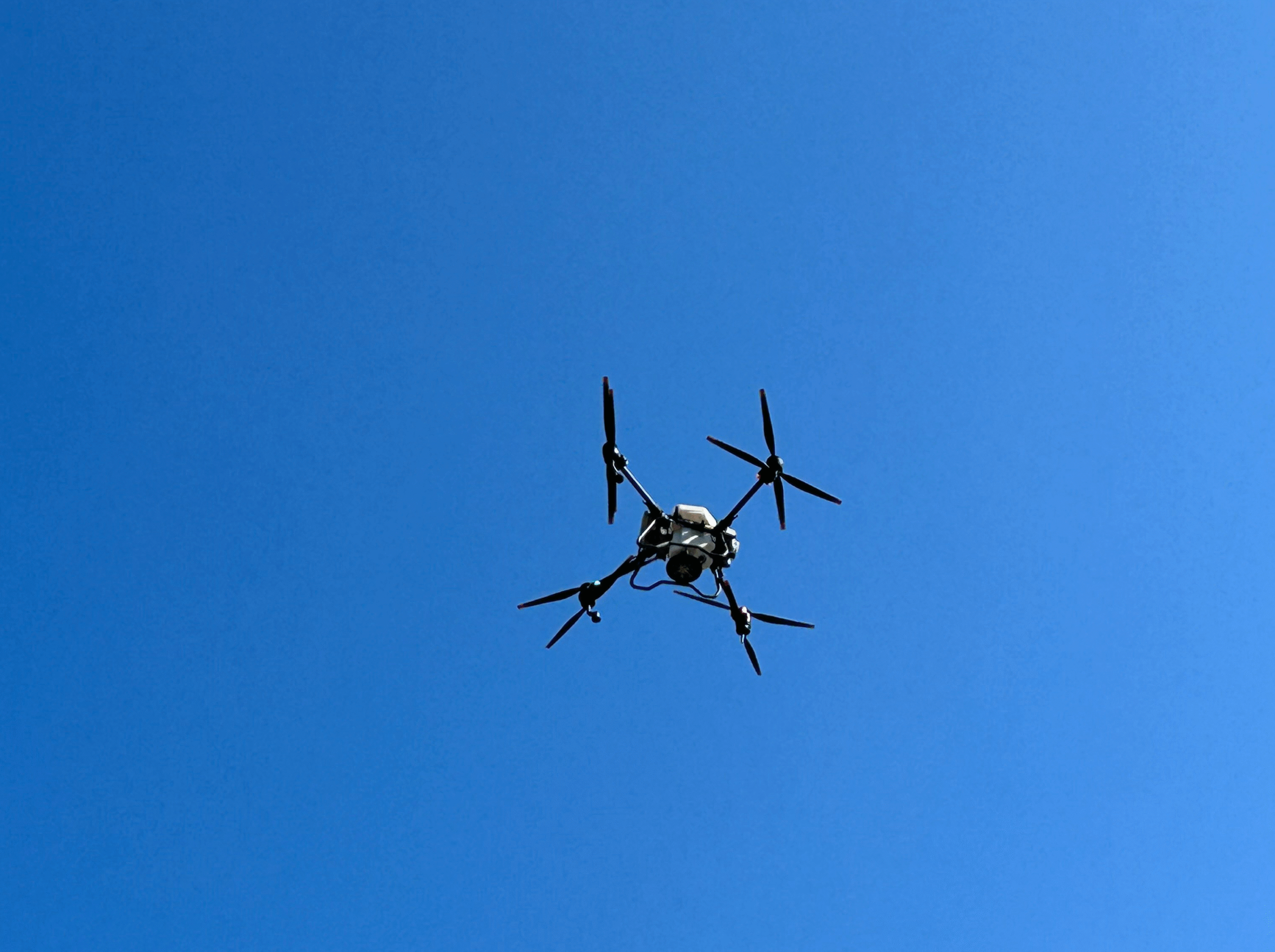
Drone Controller Technology: 3 Features That Matter for Mission Success
In high-stakes UAV operations, the drone controller is a mission-critical system responsible for aircraft performance and reliability.
When the GPS signal goes down, visibility worsens, or interference gets in your way, the controller becomes the pilot’s most important source of stability, navigation accuracy, and sensor coordination.
The best drone controllers deliver a specific set of capabilities that shape flight precision, data integrity, and overall mission success. Here is what we advise you to look into.
3 Core Capabilities For a Drone Controller
For professional and tactical operators, a capable controller becomes the difference between a successful mission and a grounded asset, especially when visibility drops, GPS degrades, or electronic warfare interferes.
A good drone controller is your tactical aid for aircraft stabilization and near-instant corrective responses. For that, it has to support the next three features.
1. Precision Navigation & Position Holding
Sub‑meter accuracy is non-negotiable if you’re running ISR missions, industrial inspections, or photogrammetry shoots. Look for controllers with superior hardware:
- High-quality MEMS IMUs
- Strong GNSS receivers
- Barometric altimetry
Several commercial and defense‑grade controllers fit the above characteristics. CubePilot’s Cube Orange+ paired with Here3+ RTK GPS/GNSS offers centimeter‑class positioning on open‑architecture systems like Osiris OS.
At the tactical end, Collins Aerospace’s Athena hub integrates INS, GPS, and full ADAHRS in a sealed enclosure that maintains precise attitude and heading over wide temperature and dynamic ranges. Compared to hobby‑grade controllers, which quickly lose stability in low visibility or featureless terrain, these systems keep the UAV steady in darkness, fog, urban canyons, or environments with no visual cues at all.
Bonus points if the drone controller is compatible with custom drone apps, e.g., for vision-aided or INS-based navigation. The most advanced drone controller systems can layer in alternative navigation methods such as radar velocity sensors, magnetic anomaly, or celestial cues.
For instance, Honeywell’s Resilient UAV Navigation Suite integrates a compact INS with radar velocity measurements and anti‑jamming GNSS to keep position error under a few percent of the distance travelled. Even when satellites are denied or spoofed.
2. Autonomous Flight Capabilities
Autonomy features ease the cognitive load of repetitive tasks — takeoff, landing, return‑to‑home, and precision hover. It also co-pilots you on longer cruising missions with features like real‑time state estimation, trajectory planning, and obstacle‑aware path control.
Advanced autonomy also incorporates contingency logic. When GPS crumbles or RF links weaken, the drone controller can help you stabilize the aircraft, maintain orientation, and follow pre‑defined recovery logic until the signal returns.
Systems such as Skydio Autonomy Engine pair dense visual sensing with onboard compute to navigate cluttered spaces with minimal pilot input, while Auterion’s Skynode X flight controller uses PX4‑based mission automation to manage route execution, failsafe behaviors, and precision landings.
These features help you concentrate on mission‑level decisions, rather than constant corrective movements to compensate for drift or improve vehicle stability. In contested environments, autonomy also comes as a great safeguard against losing your assets.
3. Seamless Payload and Camera Controls
Professional drone controllers don’t just fly the aircraft. They orchestrate the entire sensing stack. That means managing EO/IR cameras, LiDAR scanners, multispectral payloads, sprayers, and any custom equipment riding under the airframe.
At the hardware level, this requires:
- Stabilized gimbal outputs
- PWM and UART channels
- Dedicated trigger lines
- Time-sync interfaces like PPS
At the software level, controllers must expose protocols that allow mission systems to schedule captures, steer gimbals, and adjust sensor settings in sync with aircraft position and attitude.
Open-architecture stacks such as CubePilot running ArduPilot or Osiris OS are a great choice for the task. MAVLink camera and gimbal messages let teams script capture events by distance, altitude, or waypoint. This is how mapping teams achieve consistent ground-sample distance: the controller fires the camera at exact intervals and logs precise pose data for every frame.
Enterprise platforms go further by pairing drone piloting systems with onboard Linux compute, giving engineers clean SDKs and standard interfaces for integrating third-party sensors and coordinating data collection with flight paths.
On tactical UAVs, the workload expands from imaging to SIGINT receivers, EW payloads, and communication relays. Here, deterministic timing is non-negotiable. You’ll want a controller with PTP, GPS-disciplined clocks, or shared PPS lines to ensure seamless data flow between the payload and your navigation system.
Final Thoughts
A high-performance drone controller sets the tone for every mission. It shapes how precisely the aircraft flies, how reliably it collects data, and how confidently a pilot can navigate in difficult airspace.
To get the best gear:
- Choose open architectures when possible. Flexible software stacks and standard protocols create room for rapid upgrades.
- Prioritize timing accuracy. Look for controllers that provide clean time-sync interfaces across every payload channel.
- Match the controller to your payload class. Heavier sensors, higher data rates, and advanced gimbals call for stronger onboard compute.
- Plan for redundancy. Multiple navigation inputs, resilient GNSS, and backup communication paths protect the aircraft when conditions shift.

